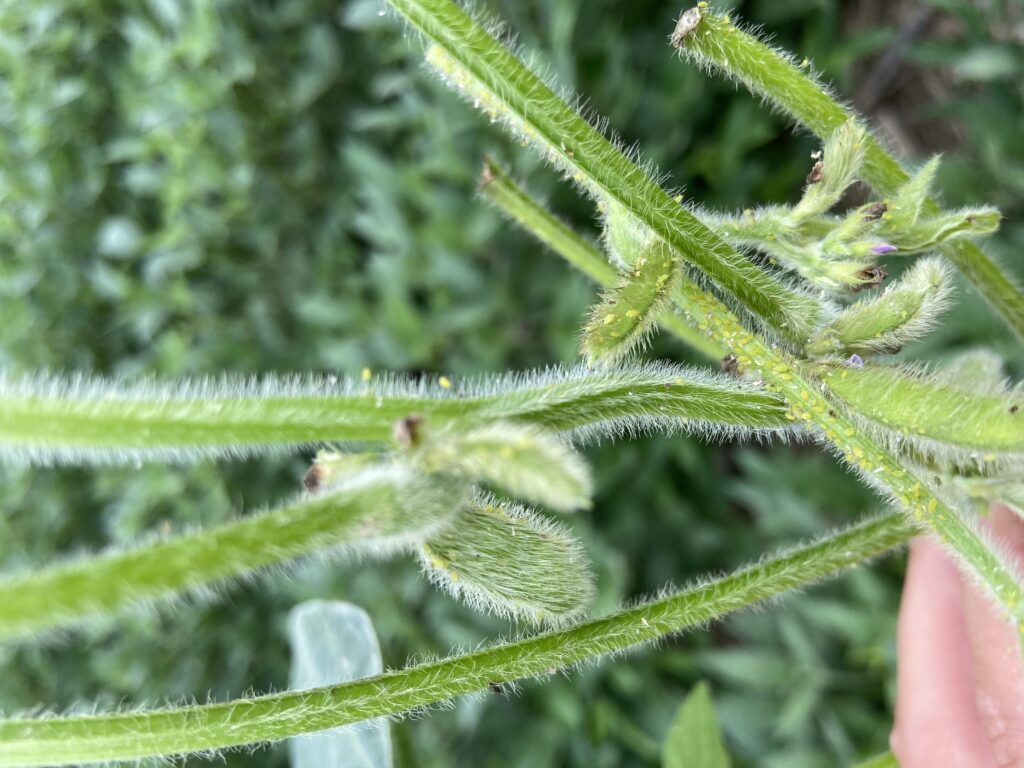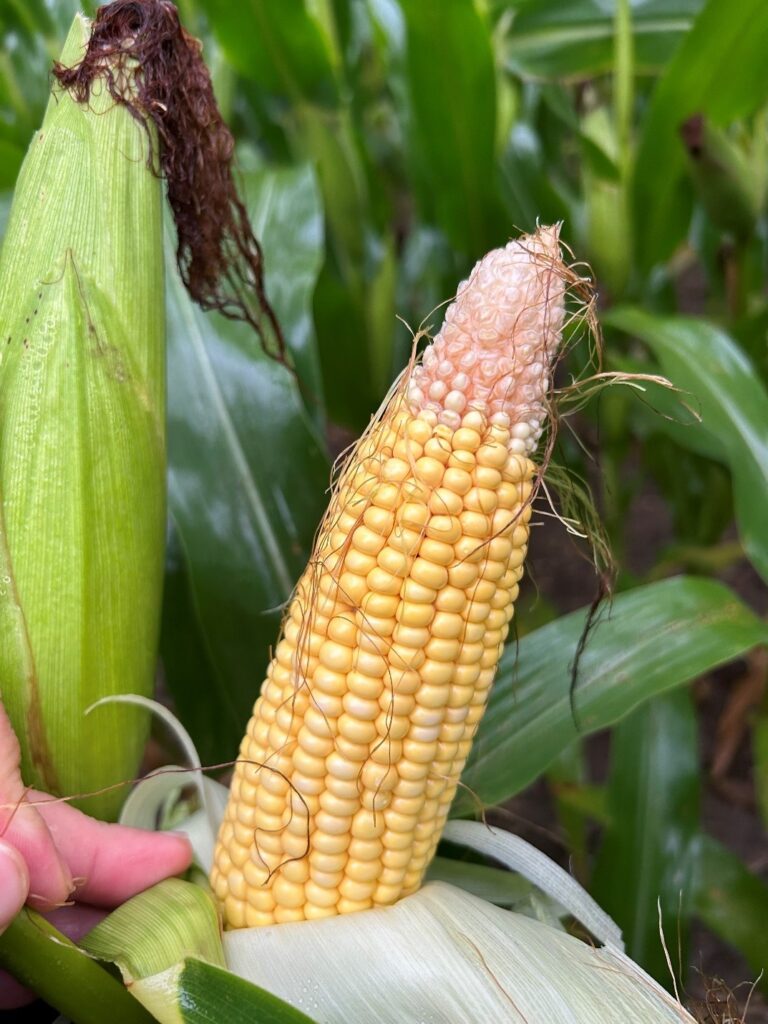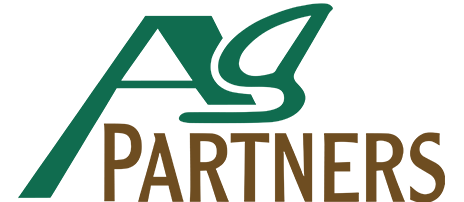
Ag Partners Agronomic Insights
Agronomic Insights will be taking a brief intermission as our staff prepares for harvest. We wish you & your families a wonderful end to your summer and we look forward to bringing you more updates once harvest commences.
 Chad Wiersma Chad WiersmaMorristown |
 Casey Carlson Casey CarlsonGoodhue |
 Gary Suess Gary SuessStewartville |
Eric Soley |
WEST
It’s hard to believe that we are halfway through August already. This growing season has been another for the books. Just hang on because if you don’t, it’ll leave you behind. All year we have just gone from one thing to the next with very little time to do anything but try to keep up. A whole lot of hurry up and wait.
Making an agronomic generalization is very challenging this year. We have corn that has only been tasseled for no more than two weeks, to corn that is starting to dent. Soybeans that are R3 all the way to soybeans that are R5. The variation in fields is as far as we have maybe ever seen. I believe our corn crop will have 200-bushel swings in the same field and that won’t include any of the zero spots. Much of the corn is starting to show some nitrogen shortage, as well as early signs of stalk and root degradation from disease pressure. Because of the early saturated environments nitrogen availability will be low and disease pressure will be high. On a positive note, it seems that when we have cooler July and August weather corn yields well, so I think there will be some corn that surprises us out there. Fungicide will likely be very advantageous this year, and from what I have seen V5 fungicide is really helping with stalks and roots. Soybeans have been looking good for the past few weeks and most of us seem to think we have a good shot at respectable yields this fall. Don’t forget that over the next three to four weeks many of the diseases that infected during the water stress periods of June and early July will start to show up. I’m not confident that they will make it unscathed. However, good seed treatments and fungicide use should help tremendously.
I hope you and your family enjoy what is left of summer and we will see you in the Fall! – Chad
Now Is a Good Time to Walk Your Corn Fields
I encourage you to take some time the next couple of weeks and get out and walk some of your corn fields to evaluate nitrogen stress and disease pressure. This is a practice for evaluating your nitrogen programs and disease management for the year. Walk in past the headlands! With rainfall being well above average we are seeing signs of nitrogen loss, such as the firing of lower leaves and kernel tip back on the ear. Fall applications and 1 pass nitrogen programs show the most N loss. The high rainfall has also increased disease pressure across the region. Tar spot, rust, and northern corn leaf blight are variable, but quite abundant. This year’s weather is the extreme opposite of last year’s drought, and it shows in the field.
Ask these questions on nitrogen
- Is the total amount of N correct for my yield potential?
- Is my N rate per management zone correct?
- Should I change my application methods?
- Should I add a stabilizer?
- Potential yield loss?
Ask these questions on disease:
- How much tar spot pressure do you have? Was one application of fungicide enough?
- I’ve never had tar spot what do I do differently next year?
- Hybrid selection for 2025?
- Potential yield loss?
– Casey
Tar spot can be found many places locally, with varying levels pressure as seen below in the two pictures:
 |
 |
|
Below: Ear tip back from N shortage (estimated 20 bushel yield loss) from a 1 pass Nitrogen plan:
|
|
SOUTH
Now that we’ve reached the middle of August, most field applications and decision making for this year are done. We still need to monitor the crop to see if any issues pop up in the field that will cause us to adjust our harvest schedule, but at this point we’ve done all we can, and the crop is on its own. Like most years, 2024 has brought us many challenges, mostly dealing with too much moisture at certain parts of the year. It sure is different than 2023, when we were all struggling with too little moisture.
We still have the harvest season in front of us, but we already need to start making decisions for 2025. Commodity prices of corn and soybean prices continue to feel downside pressure, and this will play a large role in our decision making for 2025. Even with this looming in front of us, we still need to plan for success. This includes investing in the right seed, chemicals and fertilizer for your operation. Over the years, fertilizer has proven to be a good investment. Our AYS data supports this. The following charts show the yield response of both corn & soybean to various soil test nutrient levels:
These first charts below show the yields of corn and soybeans throughout the different soil test P ranges. As the soil test P levels increase, so does the yield in both corn and soybeans.

This next set of charts compares yields to soil test K. Similar to soil test P, we see a steady gain in yield as the K levels in the soil increase.

Although this data is from 2023, the same yield response consistently shows up year after year. This confirms that higher fertility supports higher yields, and that fertilizer is a good investment. Looking forward to next year, please contact your Ag Partners Agronomist to help set up your fertilizing plans. If some of your grid sampling is out of date, now would be a great time to update those so you can maximize the efficiency of your fertilizer investment dollars. Finally, I hope you all have a safe and productive harvest this Fall. Thanks for your business! – Gary
WISCONSIN
The 2024 growing season will go down as a year where we cannot be unburdened by what has been. Welcome to the party soybean aphids! In the beginning of August, we had seen some aphids but last week populations had exploded in certain areas in western Wisconsin. This week we have been seeing similar results; some areas are hot beds while other areas aren’t anywhere close to hitting threshold. I like to use August 20th as a cutoff date for when we can quit worrying about aphids. This means we have about another week to be on the lookout for them. – Eric
 |
 |




